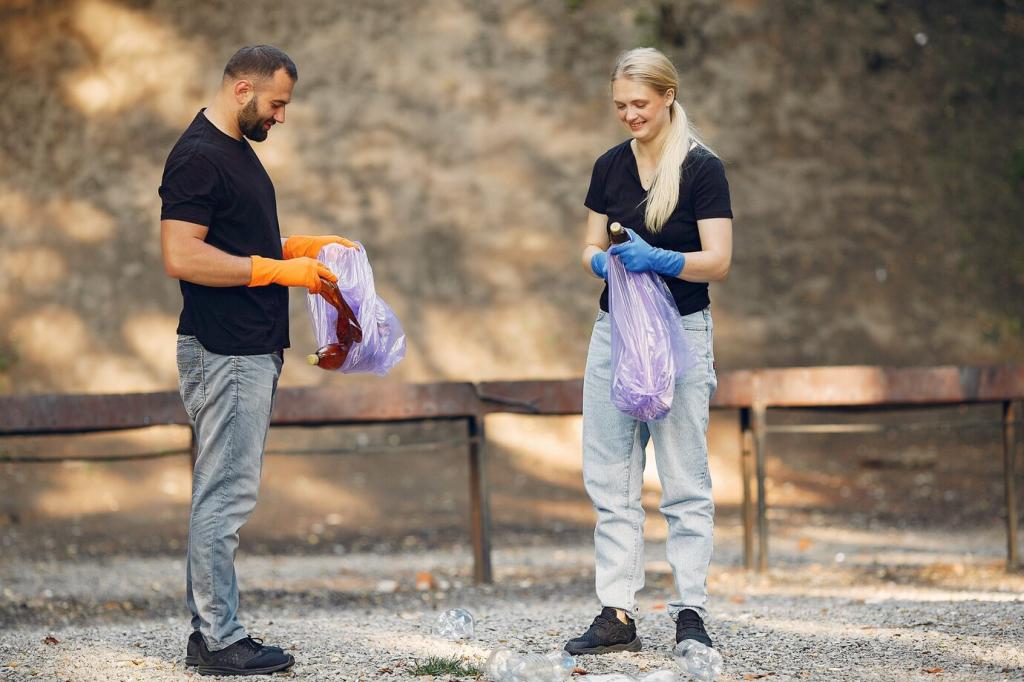
Environmentally Friendly Mite Control for Upholstery
Chosen theme: Environmentally Friendly Mite Control for Upholstery. Welcome to a practical, warm guide to protecting sofas, chairs, and cushions using low-toxicity, science-backed methods that honor your home, your health, and the planet. Join our community, share your experiences, and subscribe for gentle, effective routines that help everyone breathe easier.
Why Dust Mites Love Upholstery
Inside the Sofa: A Cozy World for Mites
Upholstery traps warmth, moisture, and flakes of human skin—exactly what dust mites need. Deep fibers offer shelter from light and air movement, letting populations grow unnoticed until sensitive noses start to itch.
Humidity, Warmth, and Food Sources
Mites thrive when relative humidity stays above 50 percent and there’s a steady supply of skin flakes. Aim for 40–50 percent humidity, improve air circulation, and reduce dust reservoirs so upholstery feels less like a buffet and more like a breeze.
Allergens, Not Bites: What Causes Symptoms
It’s not the mites themselves but their waste and body fragments that trigger sneezing and itchy eyes. By lowering allergen load on upholstery surfaces, you can ease symptoms gently without resorting to aggressive, lingering chemicals.
Green Cleaning Fundamentals for Upholstered Surfaces
Use a true HEPA vacuum and an upholstery brush, then vacuum more slowly than feels natural. Two deliberate passes along seams and under cushions lift embedded dust, while sealed bags or canisters prevent re-release into your living room.

Plant-Derived Spritzes, Used Wisely
Very lightly mist seams with a well-diluted, fabric-safe plant-derived formulation, then blot dry. Patch-test first, ventilate well, and avoid strong fragrances near sensitive people or pets. The goal is moderation, not saturation, prioritizing comfort and minimal residues.

Baking Soda to Loosen Dust for Removal
Sprinkle a light layer of baking soda, let it rest for thirty minutes, then HEPA vacuum. It does not kill mites, but it helps release dust and neutralize odors, making subsequent cleaning passes more effective and gentle on upholstery.

Mild Soap or Enzyme Spot Care
For small, grimy spots, dab with a diluted, unscented soap or fabric-safe enzyme cleaner. Work from the seam outward, avoid overwetting, and blot thoroughly. This approach reduces organic buildup that mites exploit without leaving irritating chemical residues.

Tight Weaves and Removable Covers
Choose tightly woven fabrics that trap less dust and opt for zip-off covers when possible. Launder at high temperatures if care labels permit, then dry completely. The ability to remove and wash is a quiet superpower against mite accumulation.

Materials That Naturally Resist Build-Up
Performance microfiber and certain leather or leather-alternative finishes offer smoother surfaces that hold fewer particles. These choices simplify dust removal and reduce moisture retention, making routine HEPA passes faster and more effective week after week.

Smart Seams, Zippers, and Encasements
Look for cushions with zipper closures and consider breathable encasements for throw pillows. Fewer deep crevices mean fewer hiding places. When purchasing new pieces, ask about construction details that make cleaning simpler and more sustainable.
Healthy Home Habits Powering Upholstery Care
Maintain 40–50 percent relative humidity with dehumidifiers or smart ventilation. Cross-ventilate in fair weather, and run bathroom and kitchen fans during steamy moments. Consistent dryness is one of the most planet-friendly ways to discourage mites.


Healthy Home Habits Powering Upholstery Care
If labels allow, launder removable covers and throws at hot temperatures periodically. Dry thoroughly before returning them to the sofa. Keeping these layers fresh intercepts allergen buildup and reduces how often you need intensive upholstery treatments.

A Story: The Sofa That Stopped Sneezing
Maya started with slow HEPA passes and a cautious steam session on seams. After thorough drying, she aired out each cushion in sunlight. That night, the living room felt fresher, and her evening reading ritual ended without a single sneeze.
A Story: The Sofa That Stopped Sneezing
She set a discreet dehumidifier to 45 percent and opened opposing windows during cooler afternoons. With less moisture, the couch felt crisper. Her partner noticed fewer morning sniffles, crediting the steadier air and the new vacuum routine.
Join the Conversation and Keep Learning
Have you tried sunlight breaks, careful steaming, or different fabrics? Describe your setup, wins, and lessons learned. Your story might spark someone else’s first small step toward cleaner, calmer, eco-friendly seating.
Curious about humidity targets, safe temperatures, or fabric care? Post your question and we’ll respond with respectful, practical guidance grounded in current best practices for environmentally friendly mite control on upholstery.
Stay on track with gentle, timely prompts: pre-spring refreshers, summer humidity tips, and cozy fall routines. Subscribe today to keep your upholstery healthy with small, manageable habits that never overwhelm your schedule.
